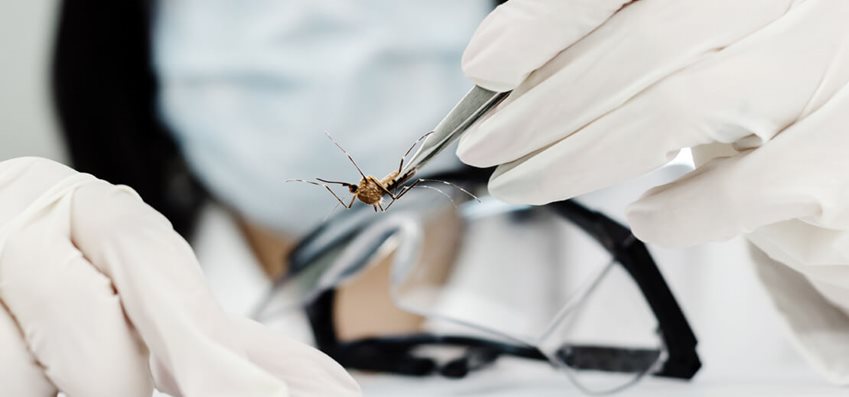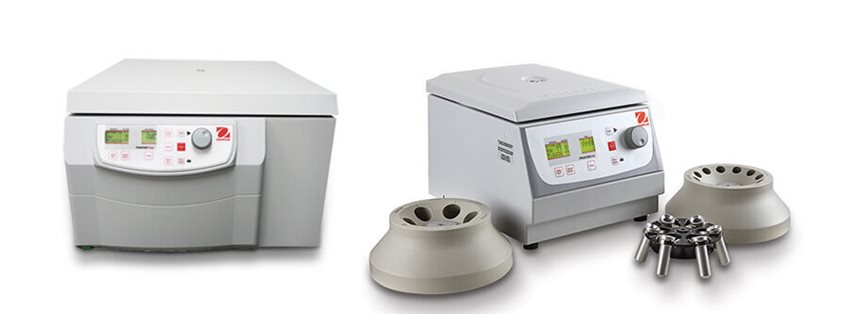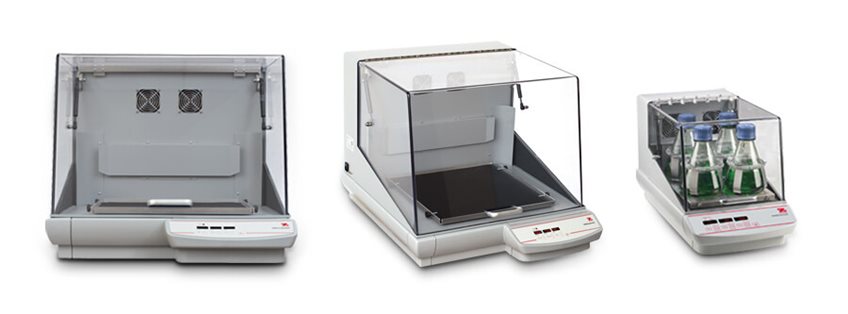
Vaccine development has been front and center in the news over the past two years, and with that, the lesser known field of insect biotechnology has gotten some attention.
Insect cell lines offer several manufacturing advantages over mammalian cells
1:
- Less costly (no CO2 incubator required)
- Lower energy requirement due to incubation at lower temperatures
- Reduced biosafety requirements
- Easy to scale up
Due to these advantages, entomology has come to play an unexpected role in modern medicine, particularly vaccine development.
Insect biotechnology supports diverse industries like agriculture, medicine, and industrial biotechnology, most commonly in the production of industrial enzymes and microbial insecticides.
Because there are so many species of insects, the field is teeming with scientific opportunities for discovery. According to the Smithsonian Institute, “In the world, some 900 thousand different kinds of living insects are known. This representation approximates 80 percent of the world's species.”

According to the National Center for Biotechnology Information (NCBI), “The strategies of insect biotechnology include the sequencing and annotation of insect genomes as well as analyses using comparative genomics.” This makes entomological study fertile ground for more than just pesticides. Modern medicine is very much on board, particularly with such a heightened focus on vaccine development during the COVID-19 pandemic.
NCBI reports that “Insects have been shown to produce an array of antimicrobial metabolites which have potential as templates for further drug development.” Many species of insects are capable of producing antimicrobial peptides that are powerful enough to kill dangerous microorganisms and ward off diseases that might impact mammals. These antimicrobial peptides are structurally similar to those produced by plants and animals and, for this reason, the medical industry has turned to entomology in the development of many new drugs.
As NCBI explains, “Molecular and biochemical techniques have made it feasible to manipulate and bioengineer insect natural products [honey, venom, silk, peptides, secretions, etc.] into modern medicines.”
OHAUS Provides the Necessary Lab Equipment
Entomology and insect biotechnology require precision laboratory instruments, and this is where OHAUS comes in. Among our products that are commonly found in entomology labs are
Incubating Heavy Duty Orbital Shakers and
Low Speed Centrifuges.
The
Frontier™ 5000 series of multi-function centrifuges are designed to meet all cell culture applications.
Frontier Multi and Multi-Pro Centrifuges are reliable, general purpose centrifuges, which can be set to run at low speeds, suitable for work in entomology labs. Available bench top models cover a range of sizes and each is adaptable with a variety of rotors and accessories to support various applications.
Frontier 5000 centrifuges are powerful, versatile, durable, reliable, and designed for easy operation.
Frontier 5000 Multi Centrifuges are adaptable with available rotor options that can process both round and conical bottom test tubes ranging from 0.2 to 750 ml sizes. The large capacity
Frontier 5916 can hold 28 x 50 mL tubes or 68 x 15 mL tubes during one process.
Frontier 5000 Multi Centrifuges feature an intuitive interface and backlit LCD display for simple setup and operation. The compact size saves valuable bench space in the lab and the brushless motor keeps operating sound to a minimum.

The compact, AC powered
Frontier 5706 boasts a speed range of 200 to 6,000 rpm in 50 rpm increments with maximum capacity (rotor) of 6 x 50 ml and a maximum relative centrifuge force (x g) of 4,427 g. Run time capability ranges from 10 seconds to 100 hours.
Frontier 5706 is CE and FCC safety certified and includes a number of safety features, such as a sturdy, locking mechanical lid and a rotor imbalance sensor that stops the centrifuge if the rotors become imbalanced or sudden shock occurs.
Available accessories include various angle and swing out rotors, but also various tube adaptors to support different shapes and capacities.
To support a range of shaking and incubating applications, OHAUS offers
Heavy Duty Orbital Shakers. Available as incubating and incubating refrigerating shakers, both benchtop models offer exceptional temperature uniformity and a space saving design to suit any lab. To recreate optimal insect cell culture conditions, a non-CO2 incubator is needed such as the
OHAUS ISHD23CDG Shaking Incubator.

Insect cell culture is usually performed in suspension, so to promote O2 exchange, shaking of the flasks is necessary and therefore an incubator with a built-in shaking platform is ideal. Recreating these optimal conditions requires a non-CO2 Incubator with precise cooling and shaking capabilities. This is what makes the
Ohaus Shaking Incubator an excellent choice.
Several benefits of using a non-CO2 incubator over a CO2 incubator is that they require lower up-front cost to purchase and are also less costly and time-consuming to maintain. Additionally, when working with insect cells, maintaining a stable constant temperature is critical for optimal cell growth. The ideal temperature range is between 24-28C, depending on the cell line being used. In some cases, the ideal temperature range is below room temperature and therefore having a cooling incubator is ideal.
Remarkable precision is a hallmark of all OHAUS instruments and the orbital shakers are no exception. An exclusive Accu-Drive shaking system ensures speed, accuracy and repeatable results. The Triple Eccentric Drive provides consistent shaking motion throughout the entire speed range.
Another unique feature is the Opti-Flow Forced Ventilation System which utilizes twin induction or a single large fan to deflect air around and not directly on samples. This creates a circular flow of air ensuring uniformity. The chambers for the
ISHD23HDG and
ISHD23CDG units are large enough to hold 2 x 6 liter Erlenmeyer flasks with optional clamps and platform.
For more information about OHAUS laboratory equipment, contact your regional OHAUS representative.
1 ”The Coming Age of Insect Cells for Manufacturing and Development of Protein Therapeutics,” Christine M. Yee, Andrew J. Zak, Brett D. Hill, Fei Wen. Retrieved from https://www.ncbi.nlm.nih.gov/